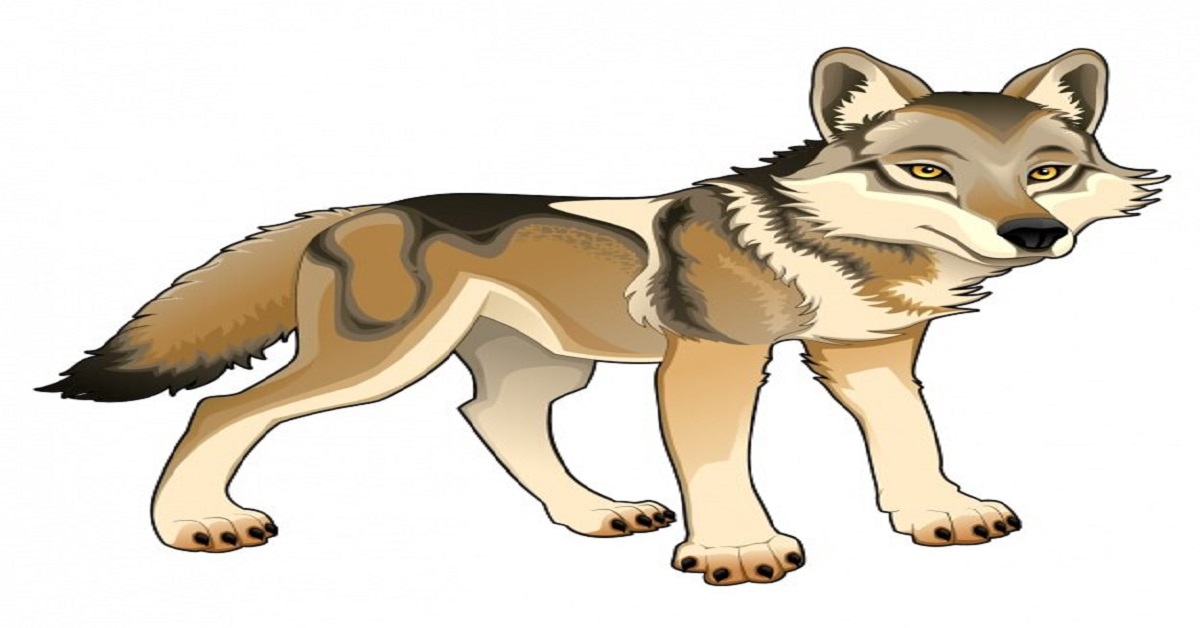Physical Description
Size and Appearance:
Wolves are robust canines, known for their muscular build and agility. They typically stand between 26 to 32 inches tall at the shoulder, with males being larger than females. Their weight ranges from 40 to 175 pounds, depending on the species and region.
Coat and Coloration:
The wolf’s coat is dense and can vary in color from shades of gray, tan, brown, and white, often with a blend of these colors in a mottled pattern. This camouflaged fur helps them blend into various environments, aiding in hunting and protection.
Facial Features:
Wolves have a distinctive, elongated muzzle with a powerful jaw designed for hunting prey. Their eyes are usually almond-shaped and can range from amber to brown, providing excellent vision both day and night. Ears are erect and pointed, enhancing their hearing abilities.
Paws and Claws:
Their large, padded paws help them navigate diverse terrains, including snow and rocky landscapes. Sharp claws aid in gripping and tearing prey, essential for hunting and survival.
Habitat and Distribution
Natural Habitat:
Wolves are adaptable creatures found in a variety of habitats, including forests, tundra, grasslands, and mountains. They prefer areas with sufficient prey availability and access to water sources.
Global Distribution:
Historically, wolves inhabited vast regions of North America, Europe, Asia, and parts of Africa. Today, their distribution is more fragmented due to human encroachment and habitat loss. However, they still occupy a significant portion of their historic range.
Behavior and Social Structure
Pack Dynamics:
Wolves are highly social animals, living in family groups known as packs. Packs typically consist of a dominant breeding pair (alpha male and female) and their offspring of various ages. This social structure helps in cooperative hunting, raising young, and defending territory.
Communication:
Communication among wolves is complex and involves vocalizations such as howls, barks, and growls, as well as body language like tail position and facial expressions. Howling, in particular, serves various purposes including pack coordination and territorial marking.
Hunting and Diet:
Wolves are carnivorous predators, primarily hunting large ungulates such as deer, elk, and moose. They also prey on smaller mammals like rabbits and rodents when larger prey is scarce. Cooperative hunting strategies allow them to take down animals much larger than themselves.
Conservation Status
Population Trends:
Wolves have faced significant threats throughout history, including habitat destruction, persecution by humans, and reduction of prey populations. Conservation efforts, including legal protections and reintroduction programs, have helped some populations recover.
Legal Status:
The conservation status of wolves varies by region and species. Some populations are classified as endangered or threatened, while others are considered stable or even increasing in numbers.
Cultural Significance
Symbolism and Mythology:
Wolves hold cultural significance in many societies, often symbolizing strength, loyalty, and intelligence. They feature prominently in folklore, myths, and spiritual beliefs across different cultures worldwide.
Ecological Role:
As apex predators, wolves are crucial in maintaining ecosystem balance. Their presence regulates prey populations, affecting vegetation and other wildlife species. This phenomenon is known as trophic cascades.
Understanding the various facets of wolves, from their physical adaptations to their ecological importance, provides insight into their complex and fascinating existence in the natural world.
